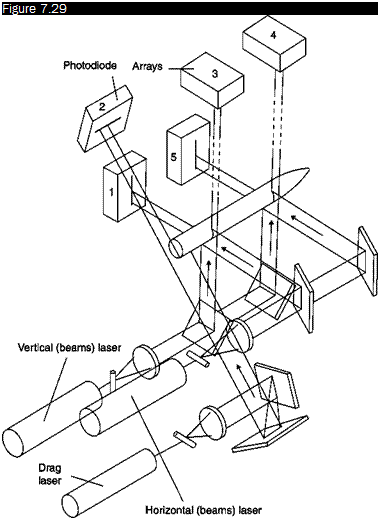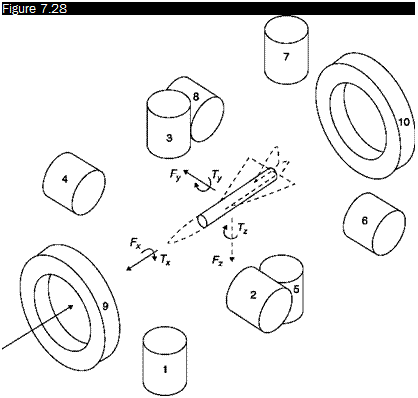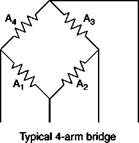Limitations of magnetic balances
The disadvantages of magnetic balances have so far limited the spread of their use to industrial wind tunnels: the first is the high investment and management costs due to maintenance and to the high consumption of electricity and of cryogenic liquids.
In addition to this economic aspect, the use of magnetic balances can also lead to some technical and operational problems such as:
■ interference from high intensity magnetic fields on control and measurement systems as pressure transducers housed in the model;
■ the risk of damage to both the model and wind tunnel due to the possible loss of control of the model;
■ the difficulty of performing certain experiments as, for example, simulation of propulsion. This type of testing requires the use of gas to be expelled from the model to simulate the presence of a jet. In a conventional wind tunnel, gas is supplied to the model through the support, in a magnetic suspension system, the gas must be contained in tanks housed within the model with space problems;
■ the difficulty of flow visualization (Schlieren, interferometry, etc.) both for the poor optical access to the model and for the possible interference with the optical control systems.
For all these reasons, to date, magnetic balances have been used only in
small wind tunnels, primarily for research purposes.
















